General Plastic
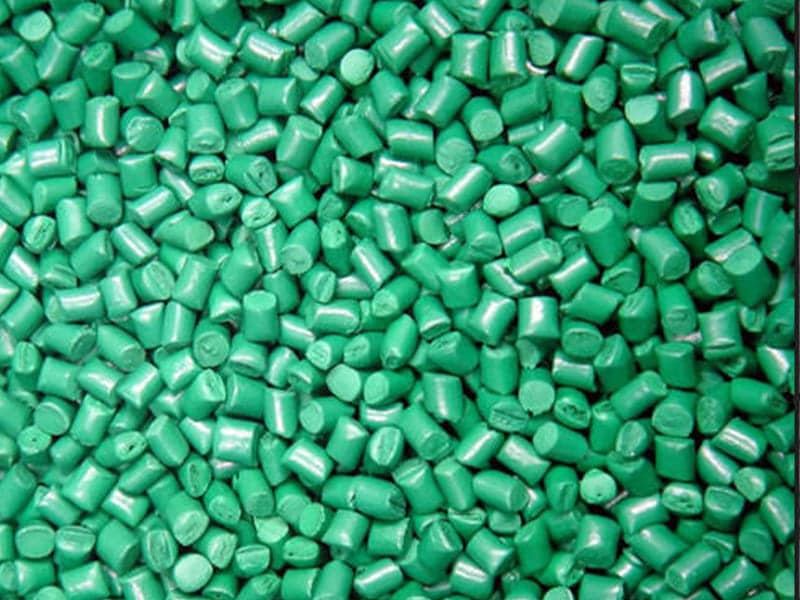
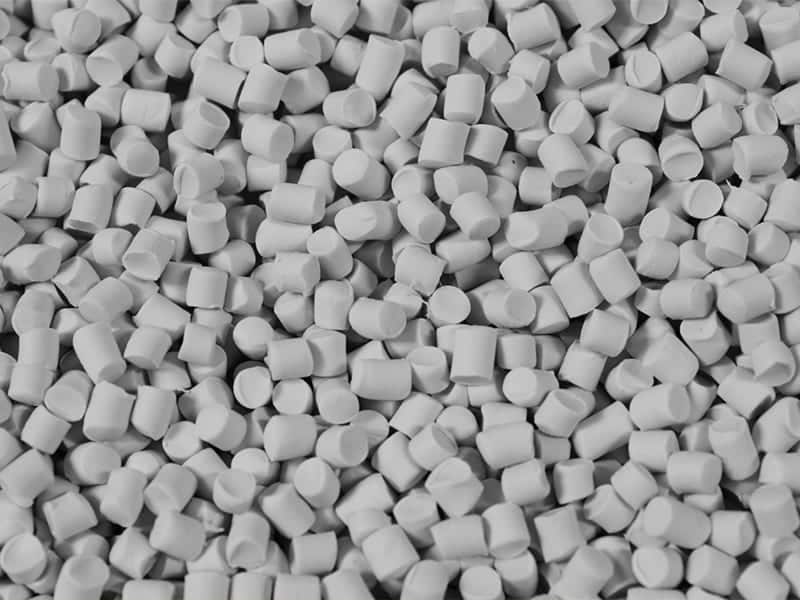
PVC
Full Name :
Polyvinyl chloride
Description :
Polyvinyl Chloride (PVC or Vinyl) is a high strength thermoplastic material widely used in applications, such as pipes, medical devices, wire and cable insulation...the list is endless. It is the world's third-most widely produced synthetic plastic polymer. So, what is PVC? What is it made up of? How to process it? Get detailed technical information on Polyvinyl Chloride and its features.
Key Properties :
- Low cost, flexible & high impact strength
- Good resistance to UV, Acids
- Good electrical insulation properties
- Non-flammable & versatile performance profile
- Easier to process than rigid PVC
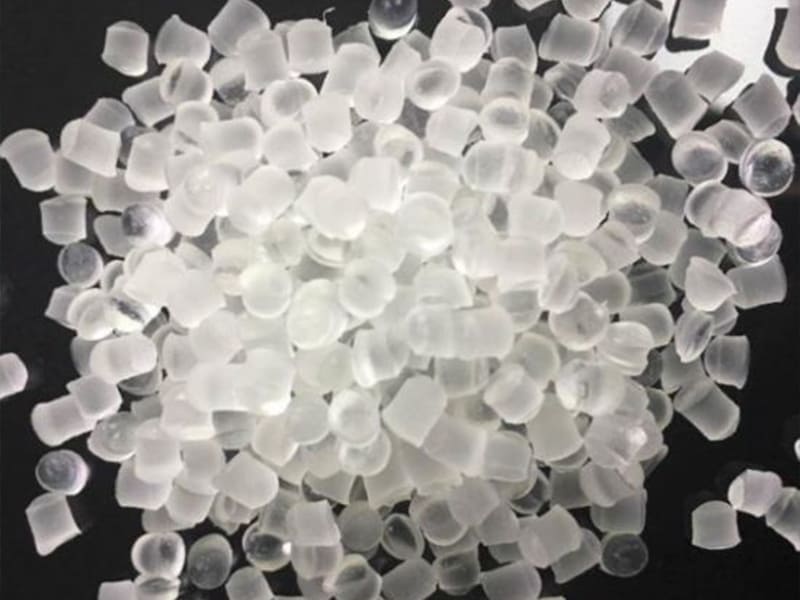
LDPE
Full Name :
Low Density Polyethylene
Description :
LDPE (Low Density Polyethylene) is an colorless, tasteless and nontoxic polymer that is suitable for food contact applications. LDPE has higher impact strength than HDPE, but lower tensile strength, viscosity, and chemical resistance.
Key Properties :
- Low density
- Excellent resistance to acids, alcohols, bases and esters
- Excellent electrical properties
- Good resistance to aldehydes, ketones and vegetable oils (minor attack)
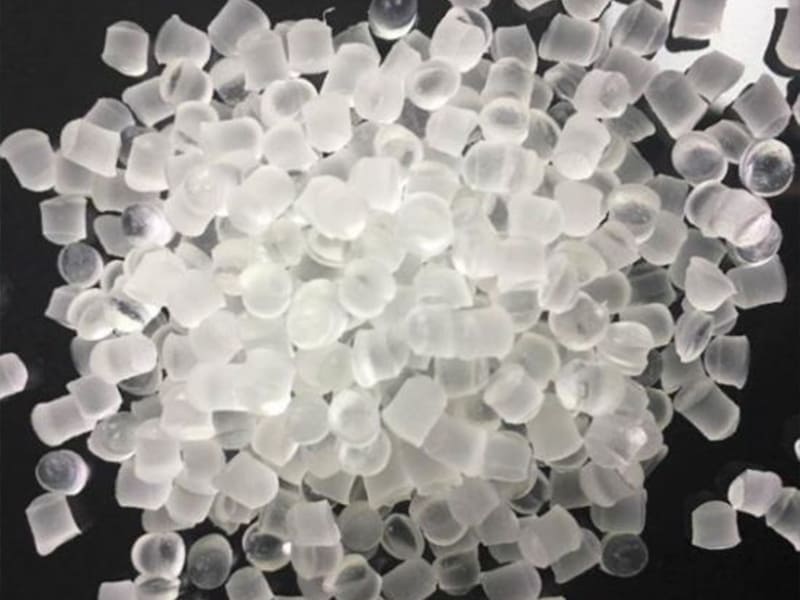
LLDPE
Full Name :
Description :
LDPE (Low Density Polyethylene) is an colorless, tasteless and nontoxic polymer that is suitable for food contact applications. LDPE has higher impact strength than HDPE, but lower tensile strength, viscosity, and chemical resistance.
Key Properties :
- Very flexible with high impact strength.
- Translucent and natural milky color.
- Excellent for mild and strong buffers, good chemical resistance.
- Good water vapor and alcohol barrier properties.
- Good stress crack and impact resistance.
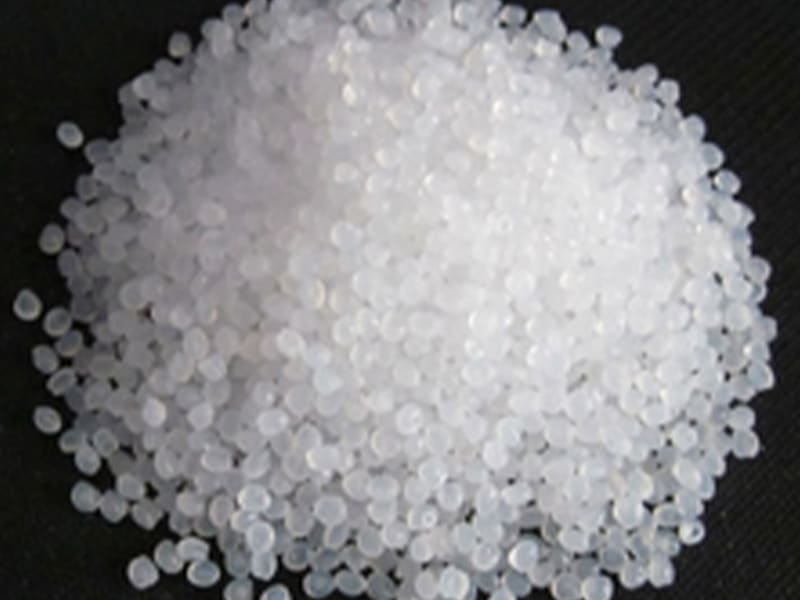
HDPE
Full Name :
High Density Polyethylene
Description :
HDPE (high density polyethylene) is available in sheet and rod for applications that require greater strength and stiffness than LDPE (low density polyethylene). It is easy to fabricate and weld using thermoplastic welding equipment and is an excellent choice for fabricated water tanks and chemical tanks. HDPE is also available in a variety of additional grades for applications including FDA compliant for cutting boards, UV stabilized and woodgrain textured for outdoor environments, orthotic and prosthetic for addition support, and antimicrobial for medical facilities. These materials are easy to fabricate using standard machining methods and common woodworking tools.
Key Properties :
- Very flexible with high impact strength.
- Can withstand temperatures from -148 to 176 degrees Fahrenheit
- UV-resistant
- Resistant to most chemical solvents
- Stiff material

PET
Full Name :
Polyethylene Terephthalate
Description :
PET (polyethylene terephthalate, semi crystalline) is a strong, stiff engineering plastic with excellent machining characteristics, chemical resistance, and bearing and wear properties. PET is often used for food processing machinery applications where low moisture absorption, low thermal expansion, resistance to staining, or resistance to cleaning chemicals is required.
Key Properties :
- High strength.
- High rigidity and hardness.
- Very low moisture absorption.
- Good creep resistance.
- Low sliding friction and sliding wear.
- Resistant to hydrolysis (up to +70 °C)
- Not suitable for contact with media containing >50% alcohol.

PP
Full Name :
Polypropylene
Description :
Polypropylene is a linear hydrocarbon polymer. It is semi-rigid and saturated, also known as a polyolefin. Being one of the most versatile polymeric materials, PP is available either as a fiber or a plastic. White and translucent in appearance, polypropylene is an all-round thermoplastic with high durability and lightweight. It has a low density, a slippery surface and a low coefficient of friction. It is also an excellent resistant to heat, electricity, fatigue, chemicals and organic solvents. Stress-cracking is not an issue for PP as it also displays good levels of corrosion resistance.
Key Properties :
- Good heat resistance.
- Integral hinge property
- Good fatigue resistance
- Good chemical resistance.
- Translucent.

PS
Full Name :
Polystyrene
Description :
Polystyrene is a versatile thermoplastic that is available in a wide range of formulations. The range of properties available along with the ease of processing make polystyrene a good choice for many applications. Unmodified polystyrene is clear, rigid, brittle and moderately strong. Its electrical properties as a dielectric material are good, though it has relatively low heat resistance. Polystyrene is soluble in most chlorinated and aromatic solvents, though not in alcohols. It is impervious to most foods, drinks and household fluids. NOTE: The resins are attacked by gasoline, lacquer thinner, turpentine and citrus-fruit-rind oil.
Key Properties :
- Good dimensional stability
- Low cost
- Good dielectric strength
- Versatile and easy to process

AS
Full Name :
Acrylonitrile Styrene
Description :
Acrylonitrile Styrene (AS) - With chains of alternating styrene and acrylonitrile, the copolymer plastic acrylonitrile styrene (AS) offers the transparency of polystyrene but with greater thermal resistance and improved resistance to solvents and stress cracking. Typically, styrene comprises 70 - 80% to the 20 - 30% of acrylonitrile; it’s this percentage of acrylonitrile that determines the plastic’s properties. While increased acrylonitrile content improves chemical resistance and mechanical properties, the clarity of the material is compromised with a yellow tint. Owing to its good clarity and thermal resistance, acrylonitrile styrene is often used in housewares, as well as decorative parts and optical applications. When you sign in to Prospector, you can leverage our database to find the materials and technical data you need to speed the product development cycle. Analyze technical data on more than 100,000 resin and plastic materials. Contact any of the hundreds of global suppliers and distributors directly for pricing and sourcing.
Key Properties :
- Good clarity
- Good thermal resistance

ABS
Full Name :
Acrylonitrile Styrene Acrylate
Description :
Acrylonitrile Styrene Acrylate (ASA) is a synthetic, amorphous thermoplastic that works best in material extrusion printing. It is a high impact material that can be used to produce functional parts for automotive applications, electronics, tooling, and more. It is known for having high weather and UV resistance, making it a great candidate for outdoor applications
Key Properties :
- High impact resistance
- Strong UV and chemical resistance
- Water resistant
- Anti-static properties
- Tough and durable
- Low-gloss finish
